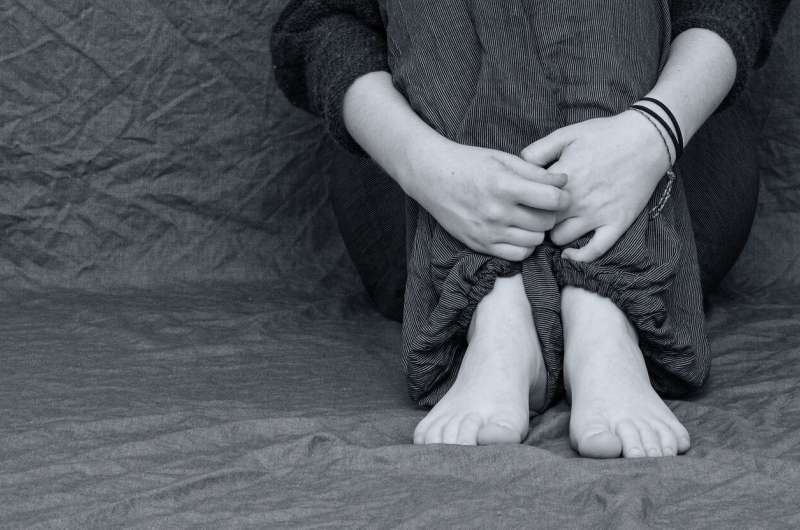
Depression has been on the rise in recent years. According to a study in the American Journal of Preventive Medicine, nearly one in 10 adults and one in five adolescents reported having depression in 2020, up from 6.6% of Americans in 2005. As depression becomes more common, finding effective treatment options has become more important.
When fluoxetine (Prozac) was introduced in the 1980s, it was the first selective serotonin reuptake inhibitor (SSRI) antidepressant medication to be approved for use by the Food and Drug Administration (FDA). At the time, it was considered a groundbreaking treatment for depression. One of the drawbacks: It can take several weeks to months to work effectively. That’s where ketamine therapy comes in.
Ketamine offers an alternative
First approved by the FDA in 1970 for anesthesia during surgery, ketamine was later found to have rapid-acting antidepressant and anti-anxiety effects. Doctors then started looking into it as a treatment for depression.
Ketamine targets different subsets of neurotransmitters in the brain than conventional SSRIs, so patients who haven’t found therapeutic effects with traditional antidepressants may have better luck with ketamine therapy.
How Columbia psychiatrists approach ketamine treatment
Providers have been using ketamine to treat patients with a wide variety of psychiatric conditions. At Columbia University Irving Medical Center, doctors work with patients to individualize their clinical approach. “We specialize in treatment-resistant depression, which is depression that hasn’t responded to traditional forms of medication or psychotherapy,” says Jacques Ambrose, MD, MPH, senior medical director at ColumbiaDoctors Psychiatry.
Columbia also serves as one of the major academic medical institutions that studies treatment-resistant depression and has one of the longest histories of clinical care for treatment-resistant depression.
Patients with depression may benefit from one of the treatment-resistant clinical options, such as ketamine, if:
- They have not responded well previously to conventional antidepressant medications or psychotherapy.
- They have no other medical conditions, such as seizures, substance abuse, or liver or kidney problems.
- They are not currently taking any medications that could interact with ketamine.
Ketamine treatment is most commonly delivered in one of two ways. In intravenous (IV) infusion, ketamine is delivered directly into the bloodstream through a small needle placed in a vein in your arm. The infusion typically takes around 40 minutes to an hour, and you will be monitored during the entire procedure.
Alternatively, ketamine can be delivered through an intranasal spray. Intranasal esketamine, currently the only FDA-approved formulation, is administered by nasal spray in a monitored and structured clinical setting. The medication esketamine is absorbed through the lining of the nose. This method may be preferred for people who fear needles or have veins that are difficult to access for an IV infusion.
Ketamine can have side effects, such as dissociation or temporary increases in blood pressure during or shortly after the infusion, nausea and vomiting, and dizziness. Ketamine for depression typically involves a series of carefully monitored treatment sessions over a few weeks in a ColumbiaDoctors outpatient office setting.
More information:
Renee D. Goodwin et al, Trends in U.S. Depression Prevalence From 2015 to 2020: The Widening Treatment Gap, American Journal of Preventive Medicine (2022). DOI: 10.1016/j.amepre.2022.05.014
Journal information:
American Journal of Preventive Medicine
Source: Read Full Article